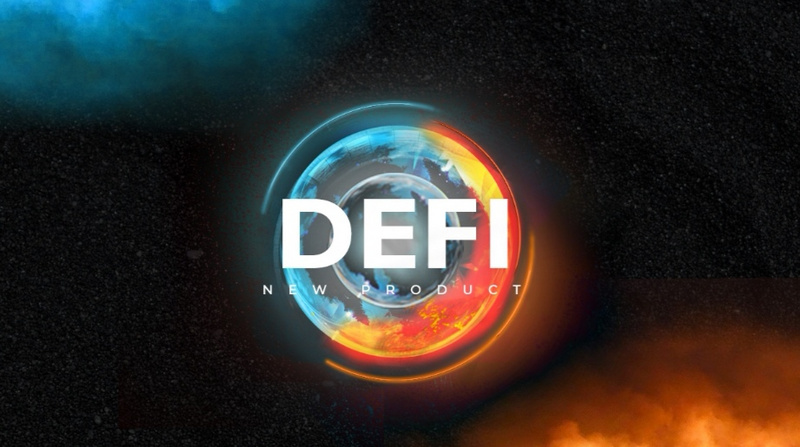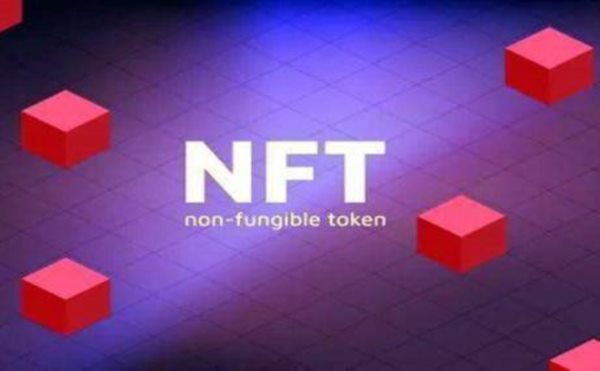Pantera, along with True Ventures, Founder Collective, and Coinbase CEO Brian Armstrong, was an early investor in this project. Since mid-June, Ampleforth has been one of the best-performing assets in our investment portfolio. While its target price is $1, its actual price has exceeded $4, resulting in a market capitalization of over $1 billion. According to the rules, the Rebase (token supply adjustment) occurs at 7 AM Pacific Daylight Time daily. If the price is above $1.06, the Rebase is positive, and tokens are issued to AMPL holders. If the price is below $0.96, the Rebase is negative, resulting in a decrease in AMPL holdings. Although it is not currently considered a stablecoin, as liquidity improves and the user base grows, the price volatility may decrease. Stephen McKeon, from Collaborative Currency Fund, wrote an article detailing the mechanics of the protocol.
Liquidity is an important factor for DeFi projects to increase distribution and attract users. Ampleforth started trading on Uniswap and later launched the Geyser project, which is currently maintaining the top position in Uniswap's liquidity pool with $4,400. Although Ampleforth was not the first protocol to deploy liquidity incentives on Uniswap, its unique reward mechanism started with double rewards and increased to triple rewards after eight weeks. The project's community has been very engaging, celebrating Rebase with creative meme culture. This meme culture plays a key role in keeping many communities active in the industry.
The project recently released a report called "Network State," providing detailed information on the success of Geyser and showcasing strong user and wallet statistics, as well as retention rates to demonstrate the community's strength. The report also updated the token supply details and highlighted how the protocol achieves continued decentralization through community governance and the removal of the pause functionality, which acts as an "emergency switch."
Ampleforth's use cases include diversifying investment portfolios, using it as collateral in DeFi, and ultimately functioning as a currency. Gauntlet, a DeFi protocol economic data analytics firm, published a report stating that the historical returns of AMPL are not correlated with BTC and ETH in various market intervals. This reflects investors' attitude towards contrasting the value proposition of Bitcoin. Stephen McKeon has previously written about Ampleforth's vision in relation to this.
With the success of Ampleforth, several similar projects have emerged, most notably Yam Finance. The similarities between Yam and Ampleforth lie in their target price of $1 and their elastic supply. The differences include Yam's twice-daily Rebase, its use of reserves (a mechanism used by Ampleforth's predecessor, Fragments), and the absence of any pre-mined governance tokens (similar to YFI). The Yam Finance team warned users that the protocol was created from scratch in just ten days, the code had not been audited, and the token had no inherent value.
Yam accumulated $400 million in assets, and the returns were enticing, but on August 13th, a fatal Rebase bug caused its collapse. The value of YAM plummeted by 98.9% within 24 hours.
In summary, I believe that Ampleforth has remarkable educational and demonstrative significance as an asset, and it has the potential to become a fundamental element of DeFi and a base currency. Its elastic supply and liquidity incentives are excellent case studies that new projects should pay attention to. Although it did not start as fully decentralized, it has gradually achieved a certain level of decentralization (similar to Compound) during its development. Its ultimate vision is to become a decentralized currency operating according to rules. On the other hand, Yam Finance started off as highly decentralized, combining the strengths of Ampleforth and YFI. The team also warned investors that the project is experimental, and they should invest within their risk tolerance. When vulnerabilities were discovered, the community quickly organized a vote to pass the proposal for fixing the bug, but it was ultimately unsuccessful. Although Yam Finance resembles DAO 2.0, it has achieved some success based on the voting and community participation from YFI and Yam Finance. I view this as a valuable experience that brings hope for the success of future decentralized autonomous organizations (DAOs). It also serves as a warning of the risks in the DeFi investment market, emphasizing the need for code audits before scaling applications and for investors to maintain caution by being aware of the risks involved.


现在,我们看到同样的兴奋扩展到了NFT等非金融应用。NFT在2022年经历了一段艰难的时期,但它们以比特币序号的形式卷土重来,而且比以往任何时候都更好。解锁BTCFi是下一件大事。一旦DeFi与比特币矿工和持有者达成一致...


因为现行政策的持续颁布,促进去中心化慢慢衔接到区块链技术,而管控是不是会对区块链技术造成危害? 区块链技术金融业(DeFi)已经变成 区块链领域中最重要的根据之一。仅过去2年中,DeFi的总额锁住(TV...


当DeFi还不玩搞清楚的情况下,近期又开端盛行一个新词新语——「DeFi2.0」,还可以了解为「第2代DeFi协议书」。 在弄清楚「DeFi2.0」以前,大家先来明确下到以往一年多時间里暴发的DeFi是...


从20年DeFi在牛市之后,由于牛市的到来,市场发生了变化,20年底没有下跌,但21年底仍如期到来,我们一直担心DeFi批量清算也如期到来。农历新年前的春难市场会让很多人感到焦虑,从20年开始DeFi引发了一轮牛市之后,...